What are the sensors used to monitor combustible toxic gases in power plants?
With the progress of science and technology, we have become quite familiar with electricity. Electricity plays an important role in our lives, the lighthouse in the dark, the noise of the neon, all is the electricity to bring us a good experience. However, in the process of power generation, it is inevitable to produce a lot of waste gas, which also brings adverse effects on our environment and health.
There are many kinds of common power plants, such as thermal power plants, hydroelectric power plants, atomic power plants, geothermal power plants, wind power plants, tidal power plants and solar power plants. Because these power plants use different power sources, the amount of exhaust emissions and pollutants in the exhaust gas are also different. Hydro, nuclear, geothermal, wind, tidal and solar power plants all use cleaner sources of energy, so they have less impact on the atmosphere. As coal-fired boilers are often used in thermal power stations, the amount of exhaust gas is large, the composition of flue gas is complex, and the pollution to the atmosphere is serious. The flue gas of coal-fired boilers in thermal power plants is the most important pollution source in the power industry.
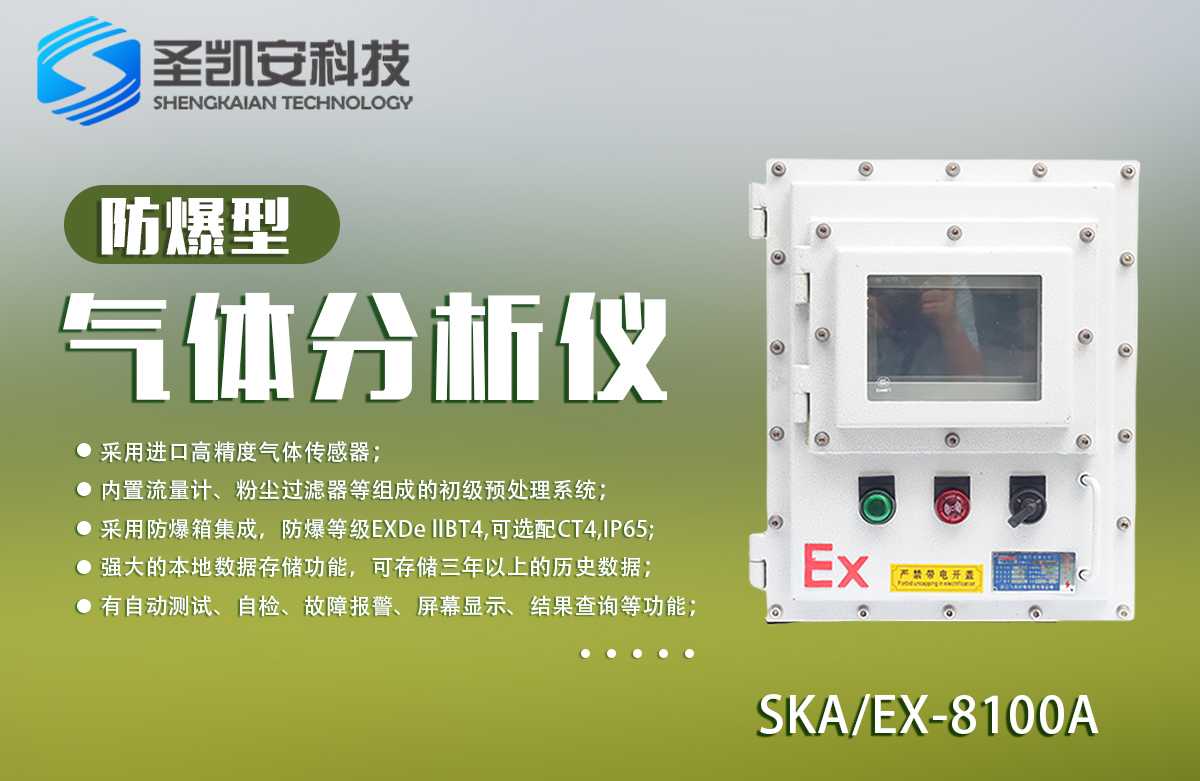
Power production process will produce a variety of dangerous gases, these gases are very harmful, light cause poisoning, heavy cause explosion, causing serious losses to the country and people's lives. In order to avoid and reduce losses, combustible toxic gases generated in the power system must be monitored. So what gases need to be monitored in power plants? The following Shenzhen Shengkaian Technology Co., Ltd. will introduce you, let's have a look.
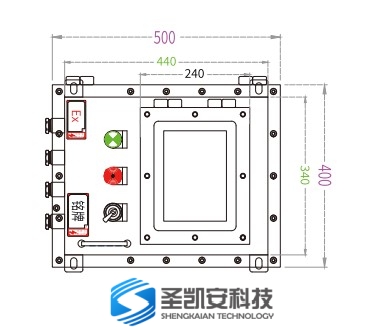
In the power system, the common gases that need to be monitored are: oxygen, carbon monoxide, hydrogen sulfide, sulfur dioxide, combustible gases, ammonia, sulfur hexafluoride, hydrogen, nitrogen oxides, etc.
(1) Toxic and harmful gases (such as carbon monoxide, hydrogen sulfide, etc.) and oxygen. In the process of power production, there are more limited space places, such as: cable tunnels, communication cable tube Wells, sewage treatment Wells, heating channels, etc., these Spaces are easy to produce toxic and harmful gases because they are relatively closed, and at the same time, they are often entered by workers. Before people enter, toxic and harmful gases must be detected to prevent poisoning. And these places due to the lack of air circulation, easy to cause hypoxia, oxygen must also be tested.
There are two main reasons for limited space hypoxia: one is oxygen consumption caused by biological respiration or material oxidation; Second, simple asphyxiating gases such as carbon dioxide, nitrogen and methane occupy oxygen in a limited space. The safe oxygen concentration for personnel is between 19.5%vol and 23.5%vol, lower than 19.5%vol or higher than 23.5% May cause harm to the human body.
Sensors to detect carbon monoxide, hydrogen sulfide, oxygen content, recommend carbon monoxide sensor (CO sensor)CO-B4, electrochemical hydrogen sulfide gas sensor H2S-A1 and oxygen sensor (O2-A2) :
Carbon Monoxide sensor (CO sensor) : can detect 4ppb CO gas, with good stability characteristics, ideal for ambient air quality monitoring systems and instruments.
The electrochemical hydrogen sulfide gas sensor is mainly characterized by no filter, two years of life, etc., mainly used for the detection of hydrogen sulfide gas concentration in the air.
Oxygen sensor is mainly used to measure the concentration of oxygen gas in the environment, according to the different measurement range and the length of working life, oxygen sensor has a number of models, such as: long life oxygen sensor, oxygen sensor, oxygen sensor (1 year life), oxygen sensor (small size), oxygen sensor and so on.
(2) Sulfur dioxide, nitrogen oxide. There are a large number of sulfur dioxide and nitrogen oxide in the products of coal-fired units in the power industry, which are not completely treated. In order to prevent air pollution, its content needs to be tested, and the process and ingredients need to be adjusted when exceeding the standard to reduce the production of sulfur dioxide and nitrogen oxide
(3) Combustible gas. Gas is now the main fuel energy used in many places, in the power plant boiler room, heating room are using gas as fuel. In addition, combustible gas exists in the generator set, gas regulator station, and gas canning area, and flammable gas leakage detection must be carried out in these places to eliminate these potential dangerous sources. In addition, power plants have their own fuel storage areas, where combustible gas is also produced, and flammable gas leaks must be detected.
(4) Ammonia. There are a large number of water supply pipes in the power plant, and the water supply system is prone to corrosion for a long time, so when adding water to the boiler, it is necessary to add ammonia water to adjust the pH of the water, and add deaerator for chemical deaeration to prevent the water supply system from being corroded. Ammonia is also used as a reducing agent in the process of desulfurization and denitrification in the power plant. Therefore, there are ammonia production sites and ammonia gas storage areas in the power plant. Because ammonia gas is extremely dangerous and leakage can cause poisoning and explosion, it must be tested.
Ammonia sensor is mainly used to detect the concentration of ammonia in the atmosphere, is a four-electrode electrochemical ammonia sensor, linear current output, easy to process the signal, high sensitivity, suitable for use in ammonia gas transmitters, various ammonia detection occasions.
(5) sulfur hexafluoride. Sulfur hexafluoride has good insulation properties, stable physical and chemical properties and excellent arc extinguishing performance, and is widely used in high voltage equipment, such as: high voltage switches, high voltage transformers, closed combination capacitors, high voltage transmission lines and so on. Especially in high-voltage transformers in power plants, but sulfur hexafluoride is currently found in one of the six greenhouse gases, in the global annual production of sulfur hexafluoride gas, at least more than half of the power industry, and is still growing, and the growth rate is alarming, it needs to be strictly tested to prevent leakage of air pollution.
Infrared sulfur hexafluoride Sensor (SF6 sensor) IR-SF6: The IR-SF6 series diffused SF6 gas sensor is a gas sensor based on the principle of single light source dual wavelength non-dispersive infrared measurement technology (NDIR). The sensor adopts high-end infrared light source and detector, and selects gold-plated device as the optical path reentry channel to improve the measurement accuracy and stability. Some special maturing technology is added to improve the environmental adaptability of the product. Can be widely used in power, petrochemical, food processing, semiconductor and other industries, suitable for leakage alarm, environmental protection, industrial safety and other occasions.
Infrared sensor based on dual-beam dual-wavelength infrared measurement technology and high-precision digital processing technology, widely used in high-pressure switch GIS room SF6 gas leak monitoring (0-100ppm), SF6 gas leak detector (0-50ppm) and SF6 purity analyzer (0-100%). Internal integrated complete automatic drift control and temperature compensation circuit.
SF6 infrared sensor adopts dual beam non-spectral infrared (NDIR) detection technology, which is resistant to other gas interference, easy maintenance, good stability, and built-in temperature compensation. Standard Modbus ASCII protocol, digital output and analog output optional and other advantages.
(6) Hydrogen. Due to the good heat transfer and heat dissipation performance of hydrogen, hydrogen cooled generator sets make use of this feature of hydrogen, the generator uses hydrogen as a cooling medium, and hydrogen leakage should be detected at the generator and hydrogen production station.
Hydrogen leakage should be detected at the generator and hydrogen production station. The mining network recommends hydrogen sensors that can be used for hydrogen leakage detection. Hydrogen sensor features: enhanced selectivity filter layer, low power consumption, long service life, low cost, simple application circuit.
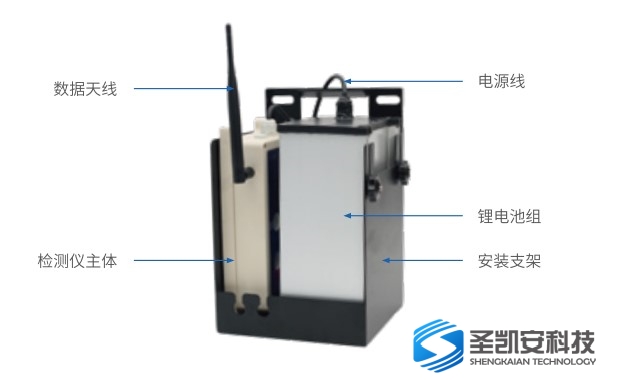 Iron and steel metallurgy indu
Iron and steel metallurgy indu
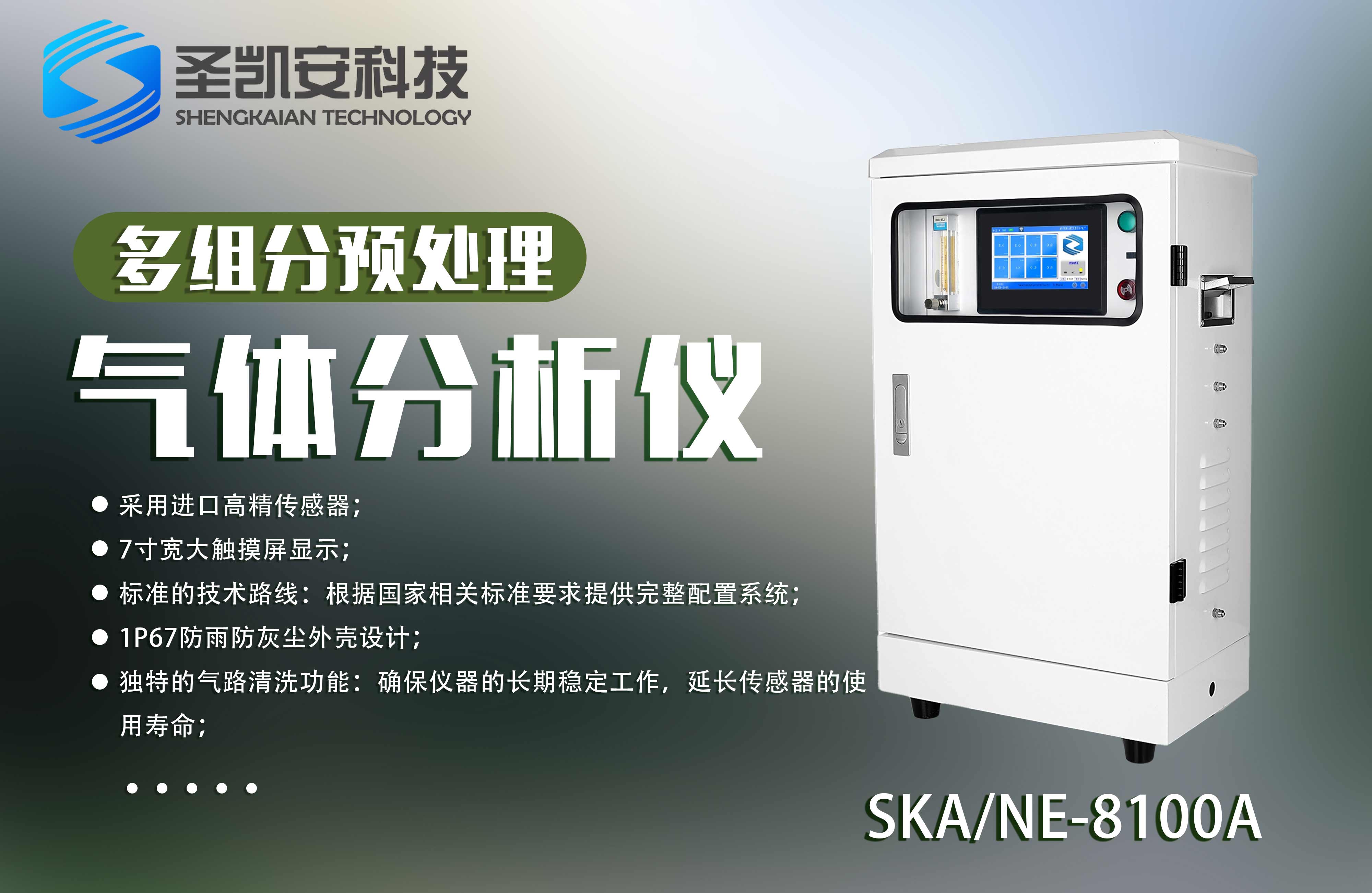 Urban subway ambient air quali
Urban subway ambient air quali
 What are the sensors used to m
What are the sensors used to m
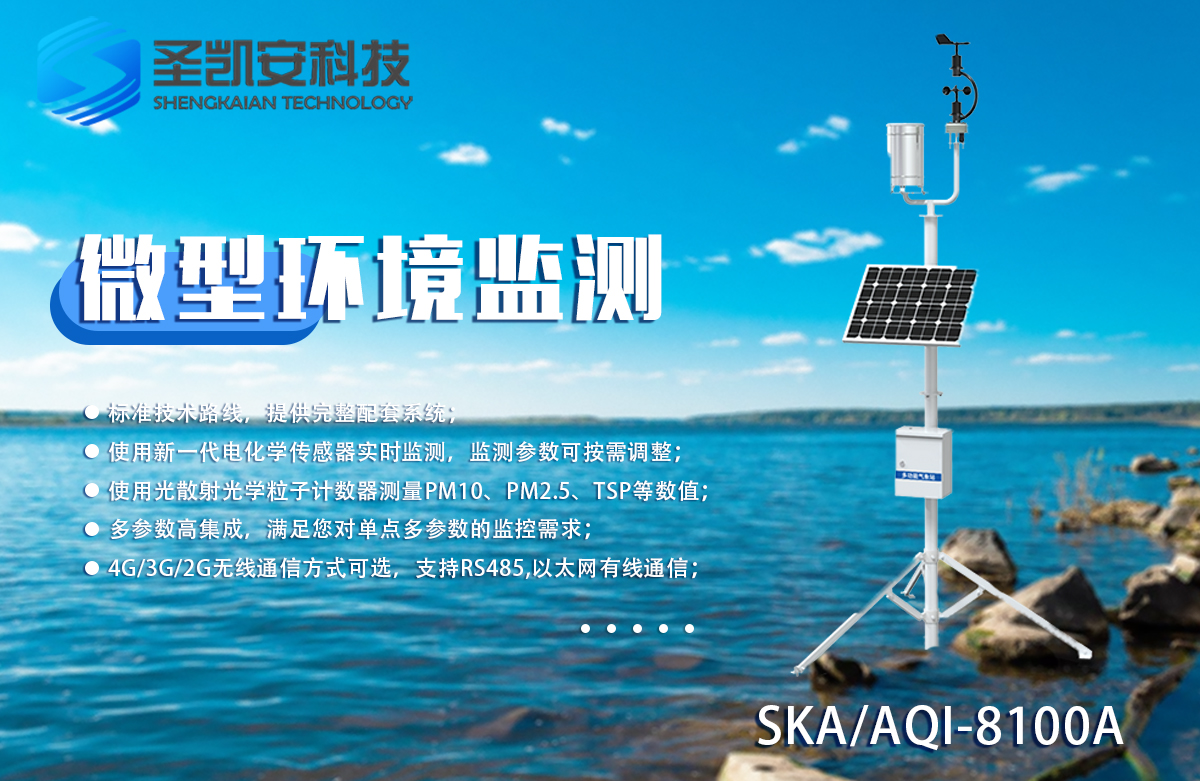 Reservoir dam safety monitorin
Reservoir dam safety monitorin
